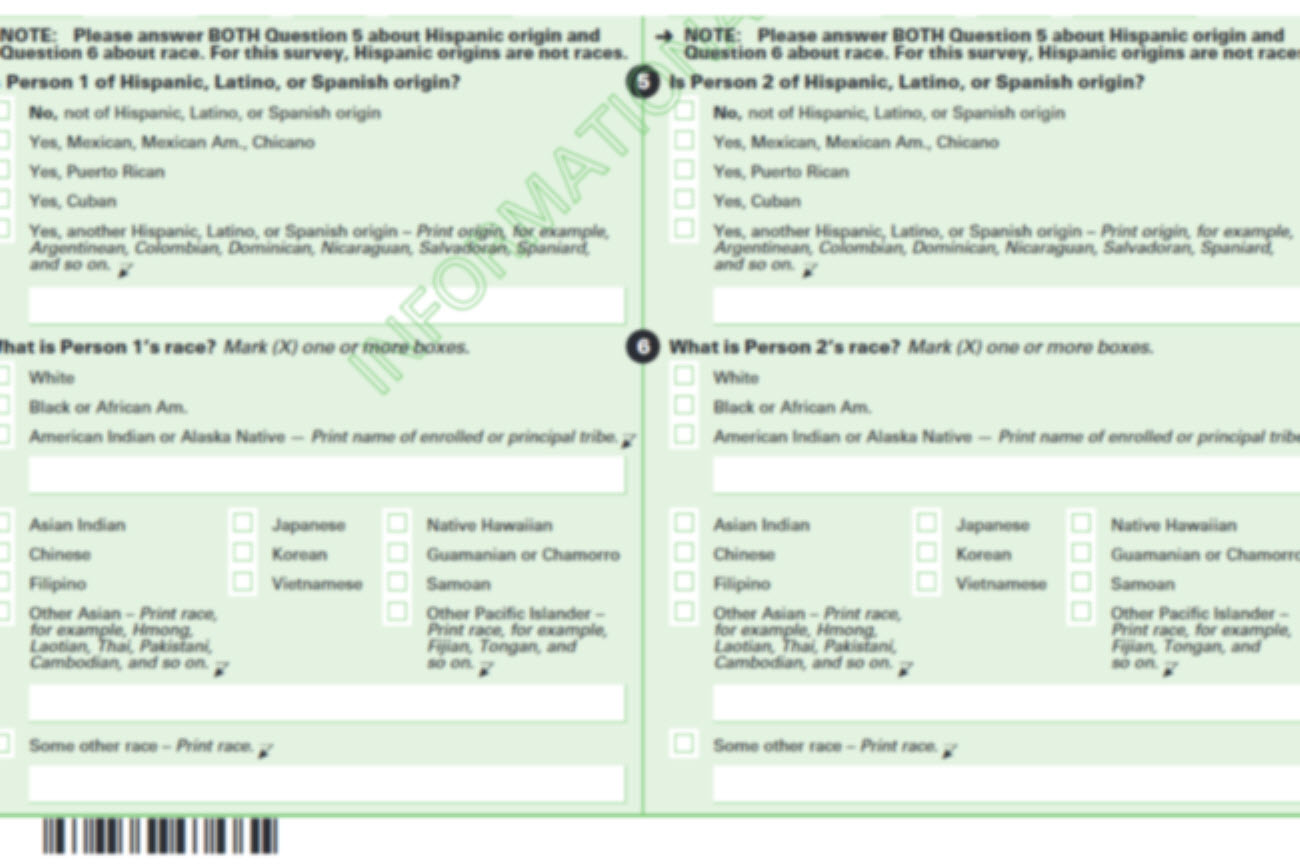
An official website of the United States government
Here’s how you know
Official websites use .gov
A .gov website belongs to an official government organization in the United States.
Secure .gov websites use HTTPS
A lock (
) or https:// means you’ve safely connected to the .gov website. Share sensitive information only on official, secure websites.
-
//
- Census.gov /
- Library /
- America Counts: Stories /
- New Data On Small, Diverse Populations
Detailed Characteristics Now Available For Small Groups
The United States continues to be an increasingly diverse nation with a population that reports a large number of racial, ethnic, ancestral and tribal identities. Many of these groups are very small and do not meet minimum population requirements. For this reason, the U.S. Census Bureau does not report detailed characteristics, such as education and income, for these groups on an annual basis.
Every five years, the Census Bureau uses the American Community Survey (ACS) to produce the Selected Population Tables and the American Indian and Alaska Native Tables. The data provide a range of demographic, social, economic and housing statistics for selected race, Hispanic origin and ancestry groups, as well as many of the American Indian and Alaska Native tribal groups.
The first release of the ACS Selected Population Tables and the American Indian and Alaska Native Tables was in 2012 for the 2006-2010 time period. The national threshold for the Selected Population Tables is 7,000 people who identified with a particular race, ethnic, ancestry or tribal group. The national threshold for the American Indian and Alaska Native Tables is 100 people who identified with a particular tribe.
In this year’s release, over 20 new ancestry groups were included in the Selected Population Tables that met the minimum required group size for the first time. For instance, data are now available on people who reported Ugandan ancestry. The kind of data available on the Ugandan population include educational attainment (57.9 percent of those age 25 and older have a bachelor’s degree or higher), median household income ($56,300), and language (65.8 percent of those with Ugandan ancestry 5 years and over spoke a language other than English at home).
The ACS gives government agencies, communities and businesses the current information they need to plan for products, services and investments. Now that these groups have data about their communities, they can use it to make informed decisions about infrastructure and services such as highways, schools and hospitals.
Share
 Yes
Yes
 No
NoComments or suggestions?


Top

